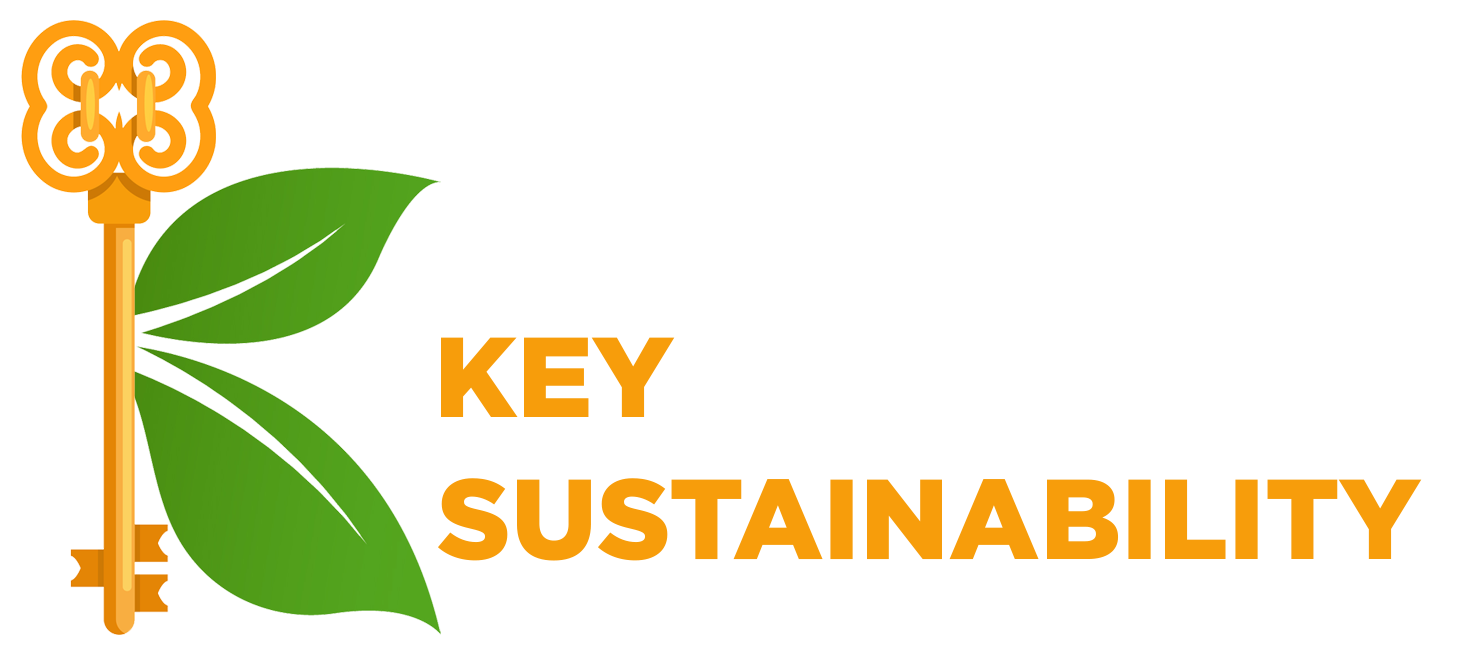
Dangerous Goods Regulations
The substances that when transported are risk to health, safety, property & environment. Hazardous material subjected to chemical regulations. The purpose of the Transportation of Dangerous Goods (TDG) Act and Regulations is to promote public safety when dangerous goods are being handled, offered for transport or transported by road, rail, air, or water. Dangerous Goods (DGR) can pose a risk to health, safety, property or the environment. IATA DGR Regulations contain a list of articles or substances classified as dangerous, where the goods are categorized according to potential hazard.
Hazardous substances are classified on the basis of their potential health effects, whether acute or chronic. Dangerous goods are classified on the basis of immediate physical or chemical effects, such as fire, explosion & corrosion.
Definition of DG:
Dangerous Goods are articles or substances which are capable of posing a risk to health, Safety, property or the environment and which are shown in the list of DG.
- All airlines which are members or associate members of IATA.
- Cargo which are part to IATA.
- Shippers and agents that offers consignment of DG to these operators
Services offerings:
- Safe Handling of Dangerous Goods, shipping or transportation.
- Preparation of DG declaration
- Dangerous Goods safety advisor
- Compliance with IATA requirement
- Classification & SDS creation
- Marking & Labelling advisor

